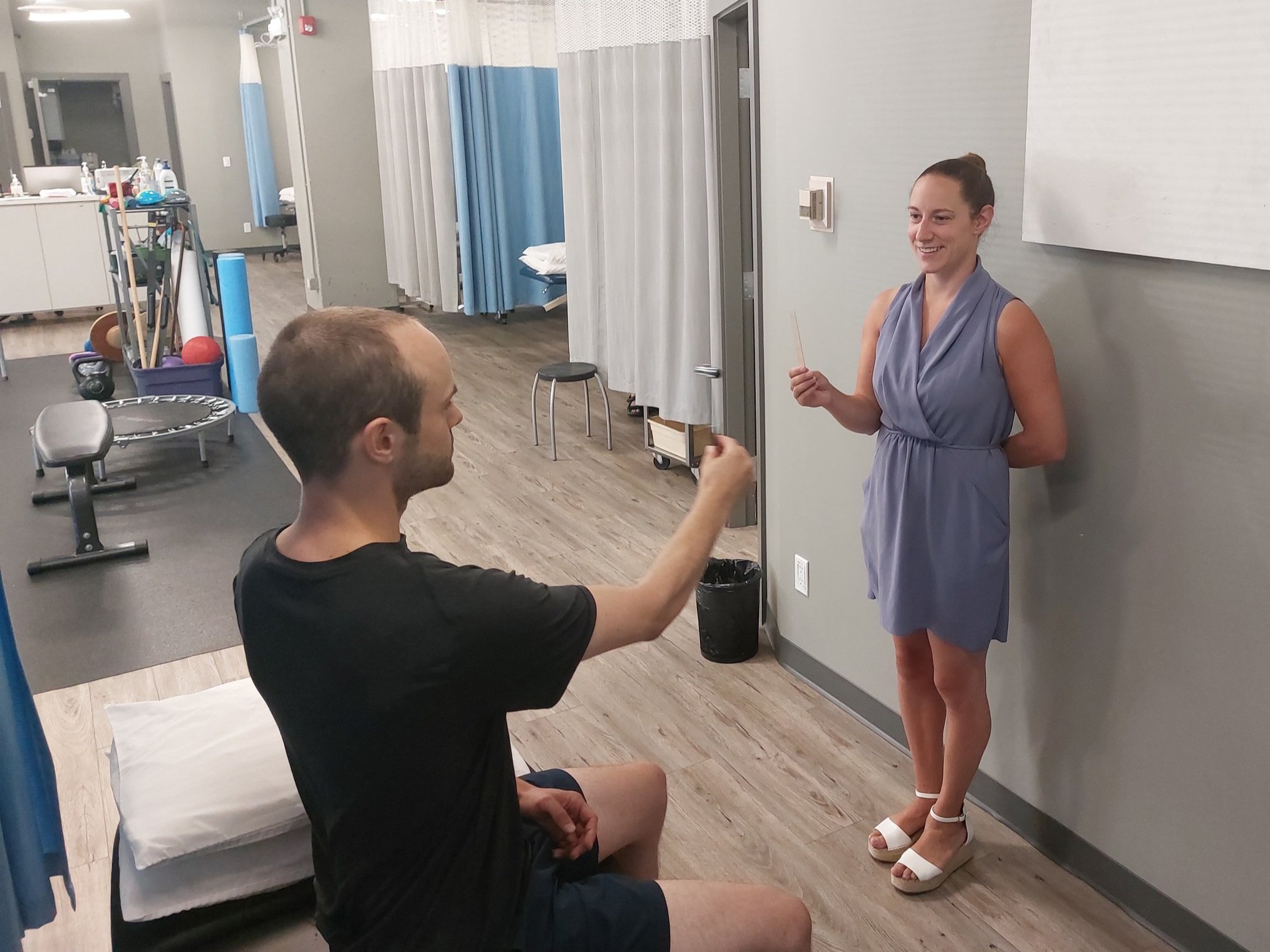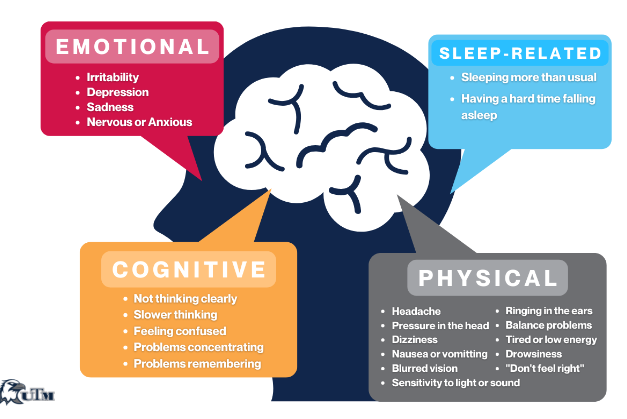Concussion Management
For most people that suffer a concussion, symptoms tend to resolve within 10 – 14 days. There are some however, that will continue to notice symptoms for a longer period of time, a condition known as post-concussion syndrome. Did you know that a specialized area of physical therapy can assist in recovery from concussion? This month’s blog explores the pathology of concussion, some of the typical signs and symptoms of concussion, and how physical therapy can help!
Pathology of Concussion
A concussion is a bump or blow to the head, or a hit to the body, which causes the brain to move rapidly back and forth. Many people who suffer a concussion do not lose consciousness and may even be unaware they were concussed as symptom onset is not always immediate. Most concussed individuals have normal findings on imaging, such as CT scans, and the disturbance of brain function in due to metabolic changes as opposed to structural damage.
Symptoms of Concussion
Symptoms of concussion can vary but often include physical, cognitive and emotional elements.
How Can Physical Therapy Help?
Assessment following concussion looks at a number of different systems that can be affected by a head injury. Therapists assess:
Cervical Range of Motion and function
Static and Dynamic Stability
Vestibular (inner ear) and Ocular (eye) function and the integration of the two
Gaze stability
As well, they scan for any signs or symptoms that might require further medical intervention. Based on the results of the assessment, a treatment plan is specifically tailored for the individual to address any affected systems.
Education is one of the cornerstones of concussion management and concussion therapists can offer a wealth of strategies to provide relief from symptoms, improve sleep, and prevent flare up of symptoms from cognitive or physical overload. One of the most useful strategies in managing concussion symptoms is planning out a person’s daily and weekly schedule, and creating a plan for pacing necessary tasks to ensure symptoms remain below a threshold that allows the brain to recover. Other treatment strategies tend to focus on the physical elements of concussion such as headache, dizziness, visual disturbances, nausea and balance troubles. Concussion therapists may prescribe exercises for the visual or vestibular systems, and static and dynamic balance. Manual therapy, needling or other modalities may be indicated if the cervical spine was affected in the injury or is contributing to symptoms.
If you have any questions, or are wondering if Concussion Management Therapy is appropriate for you, please reach out to our Concussion Therapist, Ashley, at ashley@coronaphysio.com!
Written by Ashley Cripps, MScPT, CAFCI, FCAMPT



